The history of talking staTues
Where does the idea of Talking Statues come from?
Talking statues stared as most people know them today in Copenhagen, but in fact the idea of making talking statues goes all the way back to Egyptian antiquity. Talking statues is today a cultural project found in many cities. The idea is to let the public statuestalk with an animated voice and tell their story in 1st person. In all its simplicity, it works in the following way: you scan a QR code at the statue and then the statue starts talking to you through your smartphone. The goal of the project is to revitalize monuments around the world. Bringing culture close to the user in public places using modern technology.
Throughout history, people have had the desire to make statues talk
Throughout history, people have had the desire to make statues talk. Part of this has arisen from the properties stone and bronze have been given and because statues have often been such realistic portraits of people, heroes, and gods. According to Professor Theodore Ziolkowski, the idea goes way back to Ancient Egypt, where people-built statues of gods to be worshipped. The aim was to give the illusion that the oracles were alive and could talk to people, which was done by using a rubber hose pipe inside the statues through which priests would secretly talk, letting the people of Egypt think that statues could really talk.
At the beginning of the year 1500, another project arose in Rome, under the name talking statues but with a completely different purpose. The statues acted as a place for public dialogue onto which authors would paste their writings satirizing the pope and other authority figures. Passersby could then read what was written, and in that way, the statues came to be called talking statues, because it was and is from them that people read the messages, according to Christopher J.Gilbert, author of If This Statue Could Talk: Statuary Satire in the Pasquinade Tradition. I have chosen to involve history, even though there is a very large technical difference between the modern talking statues to put the modern Talking Statues into perspective seen from a historical point of view.
Statues begin to talk It appears from the article Talking Statues?, written by Theodore Ziolkowski that due to our special relationship with stones throughout history, it is not a coincidence that we end up using stone to make statues of gods, humans and animals. It seems natural that the earliest statues of humans would have been made of stone given the close relationship of stone with such human activities as religion, law, and meditation—not to mention the later and horrific association of the sarcophagus (Ziolkowski, p 949) Stone has been of interest for many things, including making weapons, tools, buildings, etc., but it has also had a deeper value in some situations in history. Think of the buildings in Egypt, the Pyramids, or of the tablets that Moses had to carry, on Crete people were also made of stone, and men were turned into stone as in the Bible according to Professor Theodore Ziolkowski. And also, today many still regard certain gemstones as magical with hidden powers and strength. This can be seen in shops that sell stones giving stones with special effects and a deepening meaning.
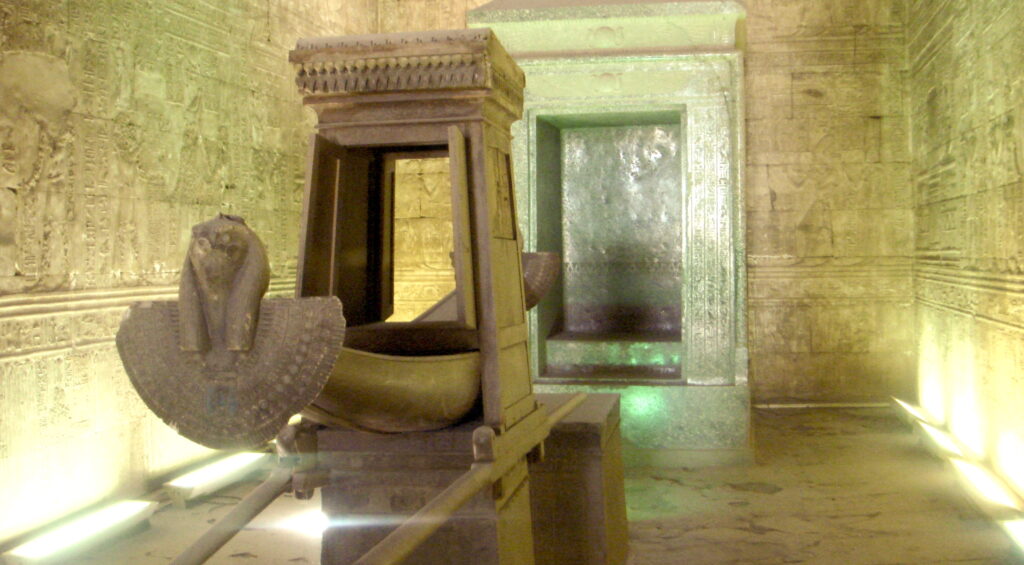
Priests used these tubes to make the statues “talk“
According to Ziolkowski the lifelike quality of statues gave the desire to make them talk. Talking statues in Ancient Egypt In ancient Egypt, statues and priests played an important role. Priests were responsible for ensuring the earth and heavens remained as the gods created them. They accomplished this through a series of rituals, open only to priests, that they performed each day in the temple in the name of the King. The sanctuary inside the Temple of Edfu, Egypt. The oracle is carried by the priest at festivals. Throughout the year, common people attended festivals in Ancient Egypt where the image of the temple god (as seen in the photo above) was removed from the temple and taken to visit the god of other temples.
During these parades, people could directly address the god with questions, complaints, or requests. Royals and non-royals approached gods in the form of a statue carried on the shoulders of priests during festivals, seeking the gods’ decisions on all sorts of issues. Two statues from these festivals were later found to have rubber tubes, which is how researchers found out that priests used these tubes to make the statues “talk”. The Louvre preserves a painted wooden head of the jackal god of the dead through which the priests could issue oracles using a hidden speaking tube another ‘talking statue’ of the god Re-Harmakhis may be seen in Cairo (Ziolkowski) The statues helped create a more loyal audience for the King and strengthen the charisma of priests and the Pharaoh, who held the reins of power in Egyptian society. In other words, this illusion of talking statues helped increase the power of the ruling classes in Ancient Egypt at the time.
The idea was not that the statues should talk about themselves, but rather that they should give the illusion of being alive and be able to advise people and create a seductive illusion that they were alive when spoken to through a tube. The existence of statues was not up for discussion and nor was their history in a society where the pharaoh and the priests decided most things.
In 1504, six talking statues were created in Rome
Much later, in 1504, six talking statues were created in Rome. They did not have any hidden tubes, but just worked as a display where people could post notes. Written notes were placed on the statue late in the evening anonymously and were supposed to be read by bystanders. Criticism like this was typically not allowed in Roman society at the time, so the statues were a convenient way for the public to air their opinions in an open forum. In this way, citizens of Rome could post their criticism on the statues. The notes on the statues would be read by passersby like a newspaper notice on a wall. The statue of Pasquino is the most famous: Pasquino might therefore be read as a “living” symbol of body politics, serving as a site on which bodily inscriptions emerge in satirical enactments ( Gilbert).Rome’s version of talking statues, which still exist, was almost the opposite of their Egyptian counterparts. In Rome, the population used the statues to express anonymous criticism, whereas in Egypt, the statues were used to inspire more faith in the ruling class. What the two have in common, however, is that they are both based on the illusion that statues are so lifelike that the could probably talk, but the statues were never liked, and it almost came to an end during the Renaissance: In Renaissance Rome, the statue was the issue. Pope Adrian Infamously threatened to have Pasquino tossed into the Tiber after numerous satirical attacks—to which he could not attribute authorship—condemned his rule. History has it that he “was dissuaded from doing so for fear that the frogs would croak pasquinades (Gilbert). The Talking Statues in Rome still function and are used, although their importance has faded with the rise of other media and greater freedom of speech. In this manner, the forum has an enduring influence on Rome’s political expression.
Criticism like this was typically not allowed in Roman society at the time, so the statues were a convenient way for the public to air their opinions in an open forum. In this way, citizens of Rome could post their criticism on the statues. The notes on the statues would be read by passersby like a newspaper notice on a wall. The statue of Pasquino is the most famous: Pasquino might therefore be read as a “living” symbol of body politics, serving as a site on which bodily inscriptions emerge in satirical enactments ( Gilbert, p.90).Rome’s version of talking statues, which still exist, was almost the opposite of their Egyptian counterparts. In Rome, the population used the statues to express anonymous criticism, whereasin Egypt, the statues were used to inspire more faith in the ruling class. What the two have in common, however, is that they are both based on the illusion that statues are so lifelike that they could probably talk, but the statues were never liked and it almost came to an end during theRenaissance:In Renaissance Rome, the statue was the issue. Pope Adrian VI infamously threatened to have Pasquino tossed into the Tiber after numerous satirical attacks—to which he could not attribut
The resource for this page is based on the article by Professor Theodore Ziolkowski
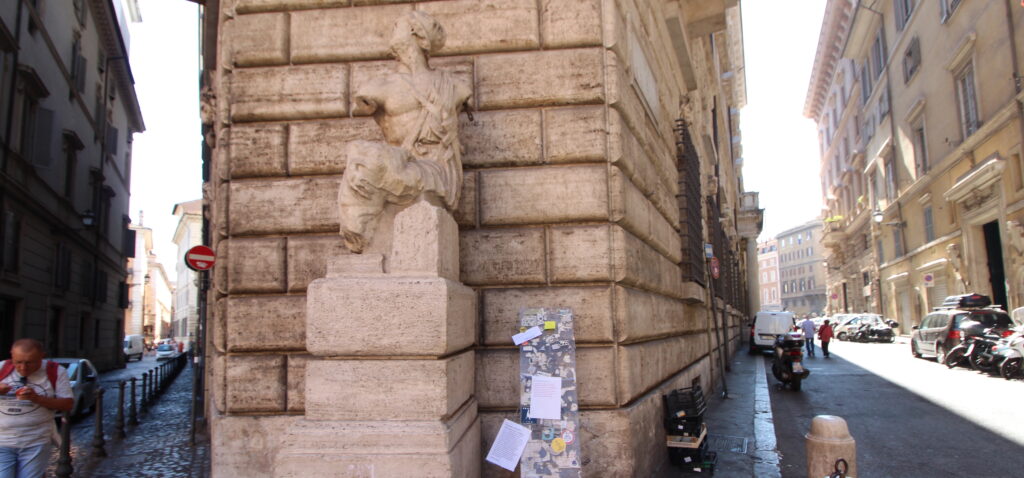
Today's Talking Statues 2013
When we started talking about statues in Copenhagen in 2013, the idea was to make 10 statues talk. We, and the Copenhagen municipality, were suddenly faced with a project that had not been done before anywhere else in the world. It was later decided that some of the most famous statues in the most prestigious places in the city should talk and be included in the project—for example, Hans Christian Andersen would talk at the City Hall facing Tivoli on Hans Christian Andersen’s Boulevard, Søren Kierkegaard, the Danish philosopher, would alsotalk and teach us his insights into existentialism in the Garden of the Royal Library, and so on. Today, the project works in several cities, including New York, Chicago, London, Berlin, Dublin, and several others. Although the project’s concept was clear from the start, the project itself had to mature and find its footing, especially in terms of content.
Talking Sculptures becomes Talking Statues
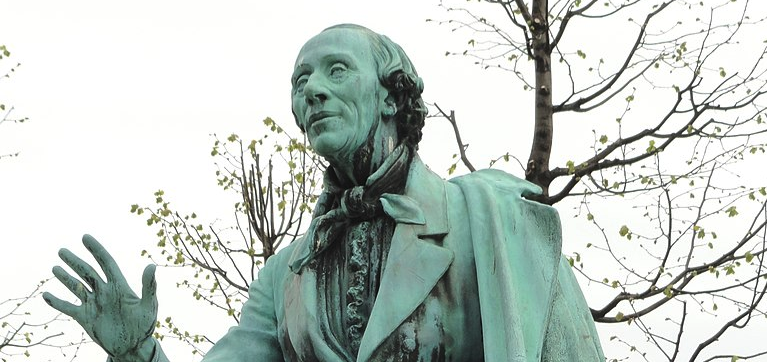
The structure of the monologues
First Talking Statues monolouge (Subtract)
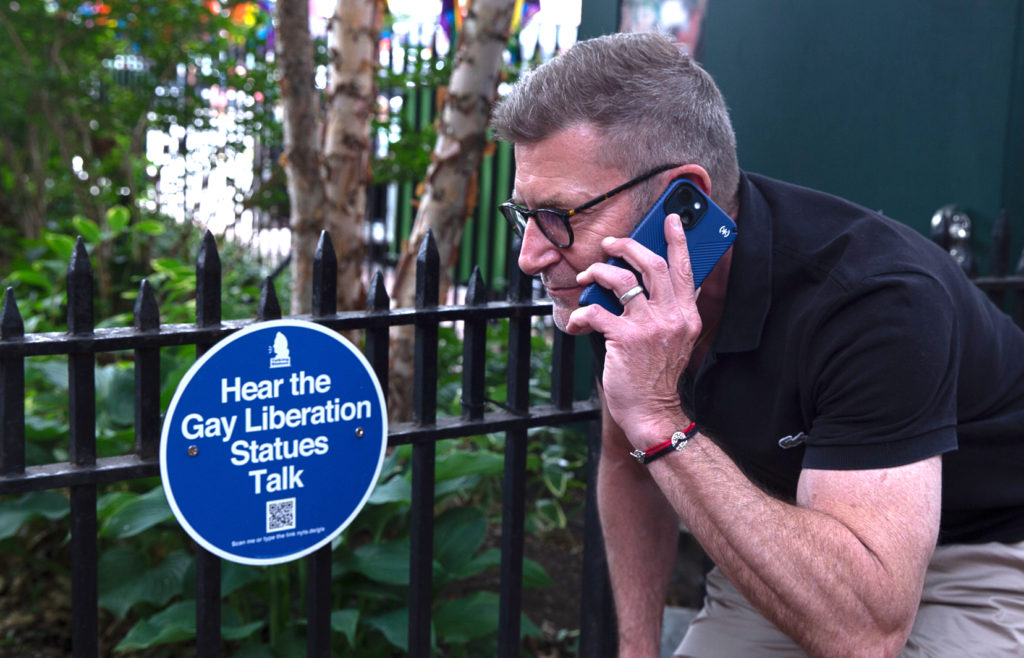
Our challenge with Søren Kierkegaard
We were given a challenge with Søren Kierkegaard, who is known for not wanting any pictures taken of him. Today there are very few images of the philosopher, so we wanted to include this in his first monologue. In the monologue, we made him ask passersby not to take any pictures with their mobile phones and put them on Facebook, but this didn’t work at all; it seemed wrong and strange. We then ended up using Søren Kierkegaard’s poem “Either/Or” for his monologue, with better results. In this poem, Kierkegaard describes two of the well-known stages in life, the esthetician and the ethicist. Carsten Rudolf came up with the idea of using the idea behind the poem as the basis of the statue’s monologue, but we changed it so that the philosopher would ask the same questions about his own lie
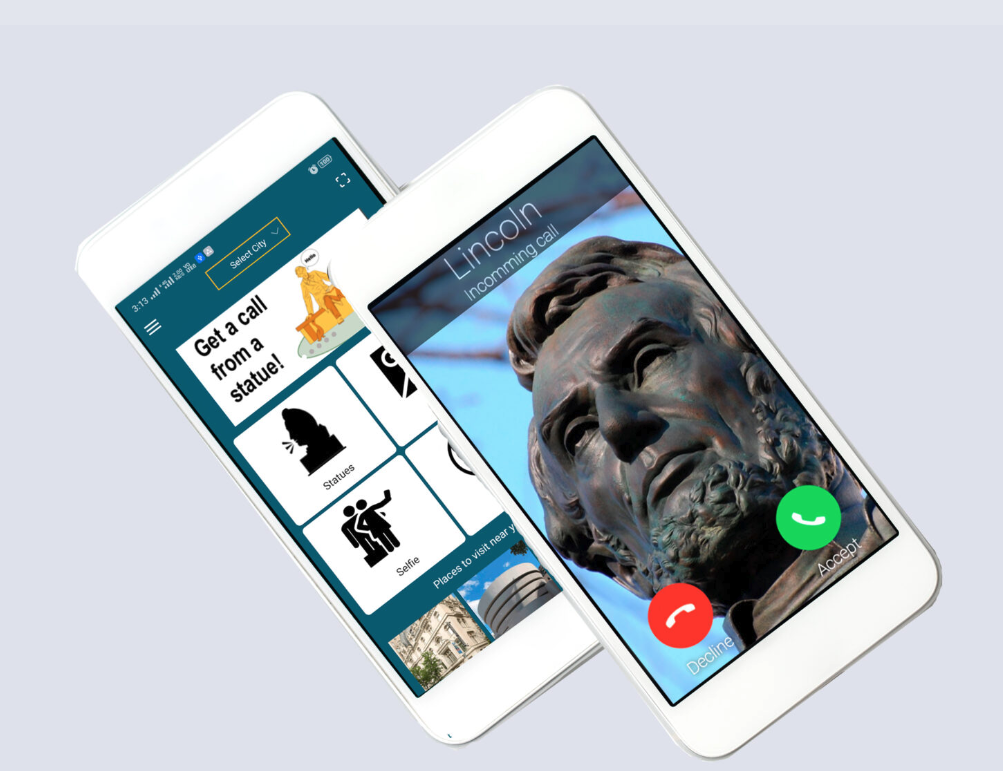
Talking Statues Monologue: Søren Kierkegaard (Subtract)
Write philosophical books and you will regret it.
Don’t write philosophical books you will also regret it.
Become Denmark’s national philosopher you will regret it.
Don’t become Denmark’s national philosopher; you will regret that too.
Whether you choose love or a career you will regret it.
If you choose both you will regret it, if you choose neither you will regret that too.
LPeter Heede, who did the sound work, found the right actor, Jens Jacob Tychsen, and we were amazed at how well it worked. Jens Jacob Tychsen worked as an actor at The Royal Theater at the time, but also did voice overs for Disney, and thereby became the perfect actor to impersonate all 10 statues in Copenhagen, a task we first thought was impossible. Today, we usually choose an actor for each statue.
